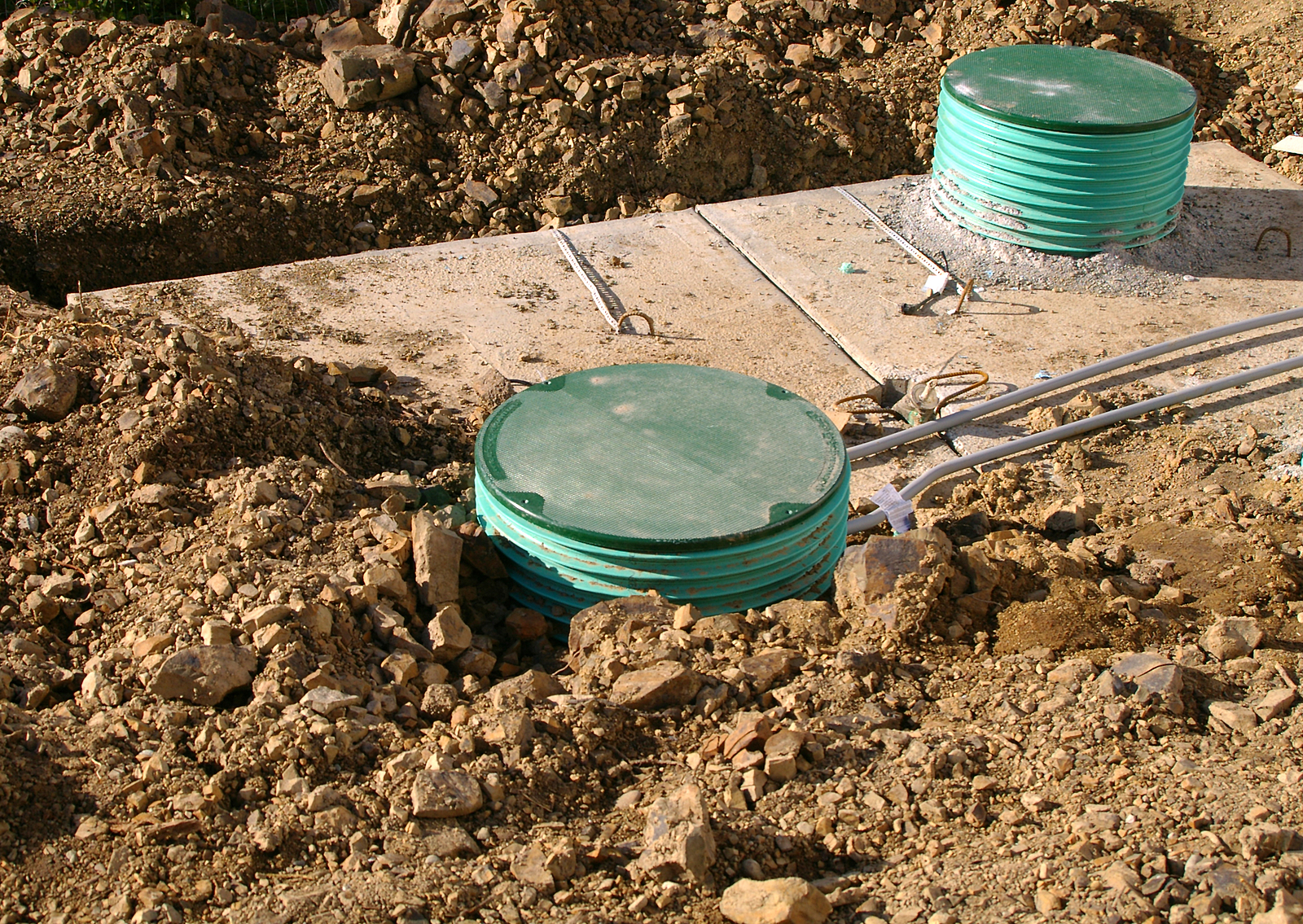When searching for available real estate, you might come across the phrase “city services” in the description of a home that is up for sale.
This indicates that the house is equipped with its own own “sewer,” also referred to as a septic system.
Because we get asked a lot of questions about septic systems, we decided to compile this report with the fundamental information that you will require in order to purchase and maintain a home that is not connected to city services.
The anatomy of the septic system
Let’s face it: of all the things to think about, sewage is perhaps the least glamorous option. However, waste from human fluids must be disposed of, and the options we have right now are sewers and septic systems.
Whatever is flushed down the toilet, washed down the drain in the washing machine, or poured down the sink ultimately ends up in the septic tank.
This tank has a subterranean location and is designed to be watertight. This is the location where any “stuff” that is received is processed. The solids sink to the bottom of the tank, where they are collected, and the wastewater that remains after this process is discharged into the leach field (sometimes referred to as a “drain field”).
Bacteria that are naturally present in wastewater are responsible for decomposing the particles, which are referred to as sludge in the septic industry. Some of it gets digested, and the portion that doesn’t stay in the tank until the homeowner has it pumped out.
This is just a general description, as was indicated earlier. There is a wealth of material available online for those who are interested in delving deeper into the more technical aspects of septic systems.

Septic system maintenance
If you purchase a home with a septic system, you will be responsible for its maintenance. Defer maintenance on the system and problems will get worse.
In fact, the national average cost for septic system repair is around $2,700.
Aside from a hefty bill, if the tank isn’t maintained it may spring a leak, saturating the leach field. You may end up with sewage coming back into the home, into the bathtub, or another plumbing fixture.
Allow the problem to get so bad that you need a new system and you’re looking at a cost of around $4,600 (but it can go higher).
When considering purchasing a home with a septic system you’ll want to consider basic maintenance costs. This includes paying for an annual inspection and having the tank pumped every three to five years.
The cost to pump the tank varies according to the tank’s capacity. The national average, according to HomeAdvisor.com, is $381.
Your due diligence
Aside from the whole house inspection, every smart homebuyer should have performed, we recommend that you also hire a professional septic contractor to inspect the septic system.
The inspection will include looking for leaks, ensuring that the sludge levels are below the outlet tee, checking to ensure the electrical and mechanical components are in good condition, and more.
Typically, it’s the homebuyer’s responsibility to hire and pay for the contractor, but not always. In some regions, such as Central Virginia, for instance, the seller must have the septic system inspected “within 30 days of the closing date,” according to the information posted at Realtor.com.
Septic systems aren’t as scary as many homebuyers think. Yes, they aren’t as convenient as being on city services, but as long as the system is inspected each year and you keep up the maintenance, you should have no worries.
And, it beats having to pay to get the home connected to the city’s sewer system.

